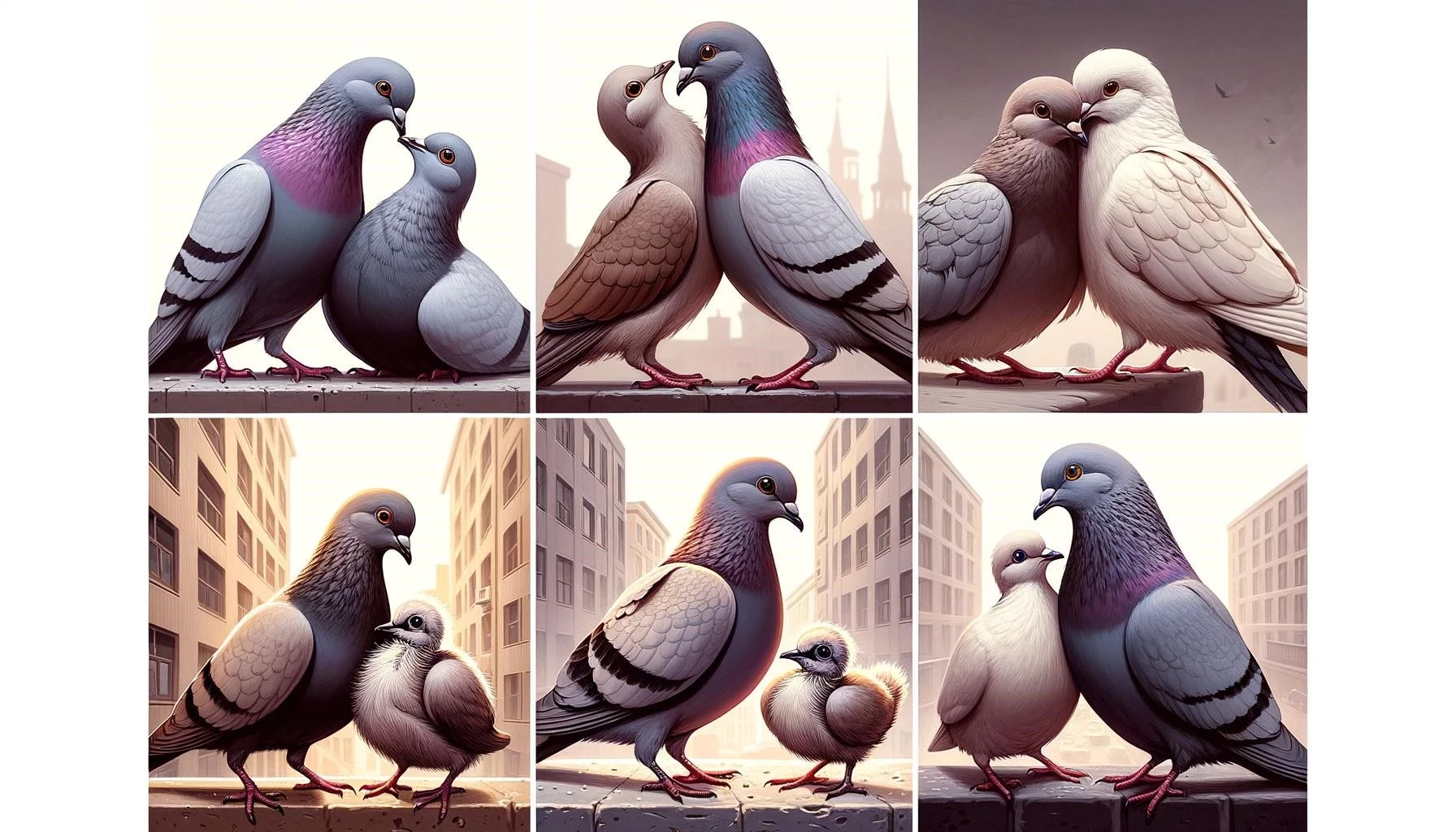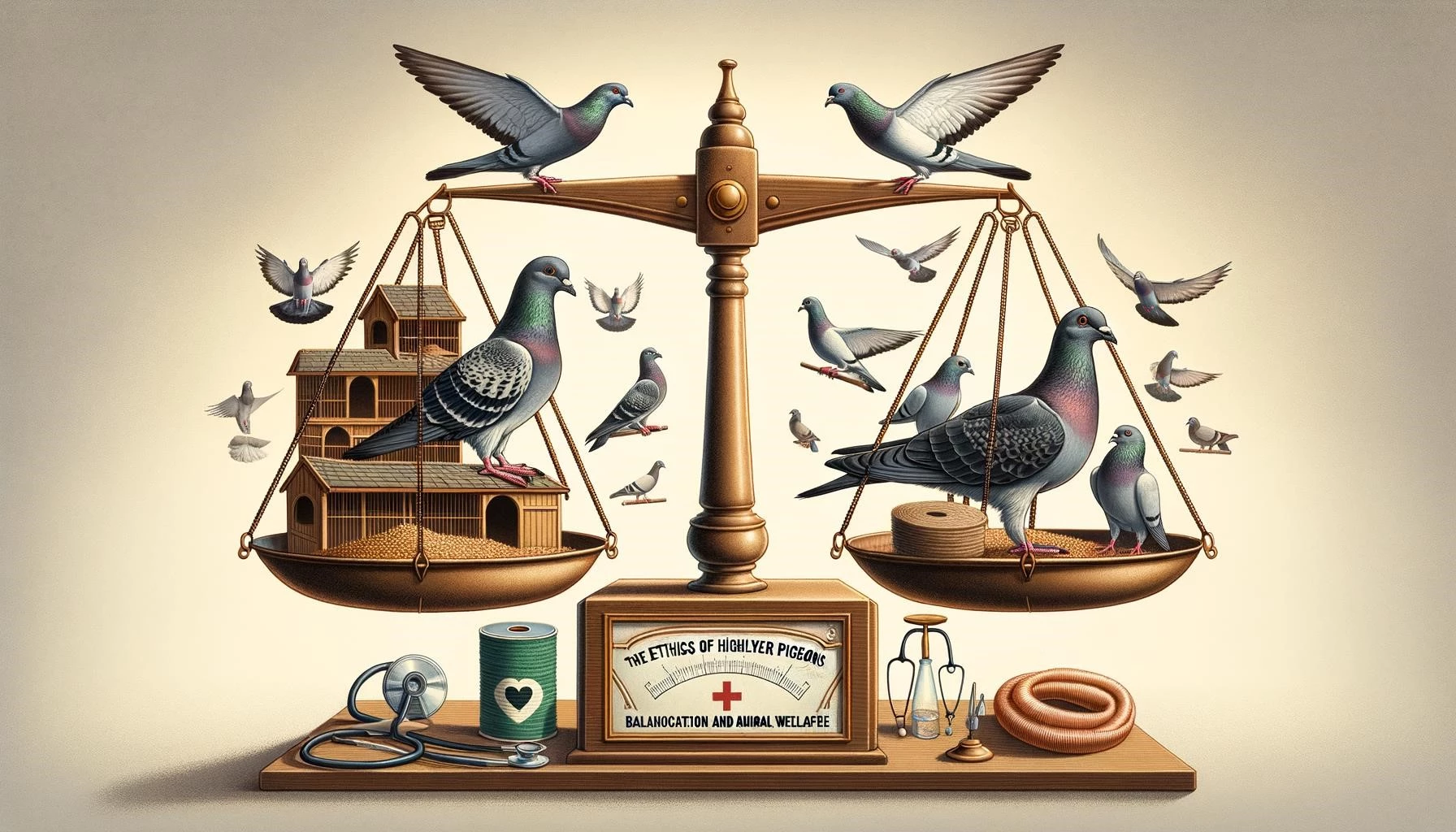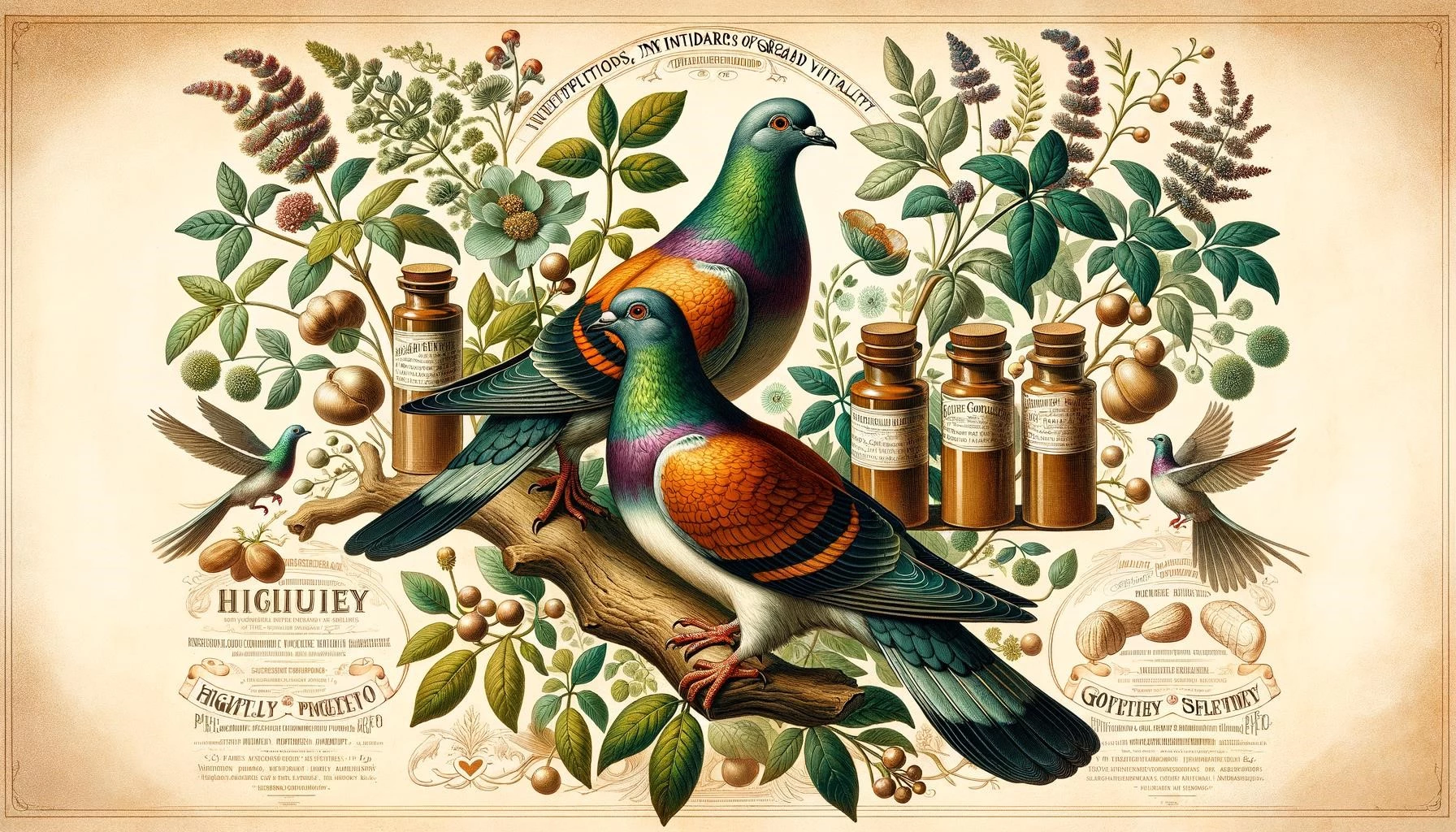Highflyer pigeons are a group of domestic pigeon breeds known for their exceptional flying capabilities and endurance. These pigeons can achieve long flights of up to 15 hours and reach impressive heights of up to 1,500 meters (4,900 ft). While these pigeons possess remarkable flying abilities, ethical concerns have been raised regarding their breeding and use in competitions. In this article, we will explore the ethics surrounding highflyer pigeons and examine the various perspectives on this topic.
Key Takeaways
- Highflyer pigeons are domestic pigeon breeds known for their endurance flying capabilities and the ability to achieve long flights of up to 15 hours.
- There are different breeds of highflyer pigeons, including the Serbian Highflyer, Pakistani Tippler, Dutch Highflyer, Altwiener Hochflieger, Budapest Highflyer, and Danzig Highflyer.
- Ethical concerns regarding highflyer pigeons revolve around issues such as selective breeding for extreme flight abilities, the risk of injury or stress to the pigeons during flights, and the use of live animals for entertainment purposes.
- Supporters of highflyer pigeon flying argue that proper care and training can mitigate ethical concerns, and that it is a traditional and culturally significant activity for pigeon enthusiasts.
- Opponents argue that the selective breeding for extreme flight capabilities can result in health problems for the pigeons and that the sport ultimately exploits the pigeons for human entertainment.
- Striking a balance between the preservation of cultural traditions and ensuring the well-being of the pigeons is a central challenge in assessing the ethics of highflyer pigeon flying.
The Breeds of Highflyer Pigeons
There are several breeds of highflyer pigeons, each with its own unique characteristics and history. Some of the notable breeds include:
Serbian Highflyer
The Serbian Highflyer is a breed of domestic pigeon known for its exceptional flying abilities and distinctive appearance. This breed is characterized by long circle flights that can last up to 15 hours. They can fly as high as 1,500 meters (4,900 ft). The Serbian Highflyer breed has about 20,000 fanciers in Serbia and is popular for its endurance flying capabilities.
Pakistani Tippler
The Pakistani Tippler, also known as the Pakistan Highflyer or Pakistan Highflying Tippler, is a breed originating from Pakistan. This breed is similar to the English Tippler and is known for its endurance and long flights. The Pakistani Tippler is recognized for its flying abilities and can achieve impressive heights during flights.
Dutch Highflyer
The Dutch Highflyer, also known as Haut-volant Néerlandais or Niederländischer Hochflieger, is a breed originating from the Netherlands. Developed since 1735, this breed was primarily bred for the flying speed race. The Dutch Highflyer is known for its flying skills and is highly valued for its ability to perform well in competitive flying events.
Altwiener Hochflieger
The Altwiener Hochflieger, also known as the Old Vienna Highflyer or Haut-volant de Vienne Ancien, is a breed that originated from Vienna, Austria. Developed since the 17th century, this breed is considered the ancestor of all Vienna pigeon races. The Altwiener Hochflieger is known for its flying abilities and is still bred and raised for its high-flying skills today.
Budapest Highflyer
The Budapest Highflyer, also known as the Budapest Tumbler, is a breed that originated in Hungary. This breed was developed through selective breeding for its ability to fly to great heights and perform intricate aerial maneuvers. The Budapest Highflyer is primarily used for sport, with competitions held to determine the best flyers among these pigeons.
Danzig Highflyer
The Danzig Highflyer, originating from Poland, specifically the city of Danzig (present-day Gdansk), is a breed developed in the late 1800s. This breed is a result of years of selective breeding, crossing various flying pigeon breeds, including tipplers and tumblers. The Danzig Highflyer is known for its beautiful appearance and is bred for both show and flying purposes.
Ethical Concerns
The ethical concerns surrounding highflyer pigeons revolve around several key issues:
- Selective breeding: The process of selective breeding for extreme flight abilities in highflyer pigeons can result in health and welfare problems for the birds. This breeding process often involves prioritizing certain physical traits or flight capabilities without considering potential negative consequences for the pigeons’ well-being.
- Risk of injury or stress: Long flights and intricate aerial maneuvers performed by highflyer pigeons can expose them to potential injuries or stress. Factors such as weather conditions, lack of rest, and exposure to predators during flights can add to the physical and psychological strain experienced by the pigeons.
- Exploitation for entertainment: Some argue that using live animals, such as highflyer pigeons, for the purpose of human entertainment is inherently exploitative. The birds are bred and trained for the sole purpose of participating in competitions or performances, potentially compromising their welfare for the sake of human amusement.
Differing Perspectives
Supporters of highflyer pigeon flying argue that ethical concerns can be addressed by ensuring proper care and training for the pigeons. They believe that with responsible ownership, the physical and psychological well-being of the birds can be safeguarded during flights. Additionally, they emphasize the cultural and historical significance of highflyer pigeon flying as a traditional and valued activity for pigeon enthusiasts.
On the other hand, opponents of highflyer pigeon flying contend that the selective breeding for extreme flight capabilities can lead to health problems for the birds and is fundamentally exploitative. They argue that these pigeons are subjected to physical demands and risks beyond what is natural, solely for the purpose of human entertainment.
Finding a Balance
Striking a balance between the preservation of cultural traditions and ensuring the well-being of the pigeons is a central challenge in assessing the ethics of highflyer pigeon flying. It is essential to consider the welfare of the pigeons, promote responsible ownership and breeding practices, and foster a deeper understanding of the potential impacts on these birds. Additionally, open dialogue and collaboration between pigeon enthusiasts, animal welfare organizations, and experts can contribute to the development of guidelines and safeguards that prioritize both the welfare of the pigeons and the preservation of cultural practices.









